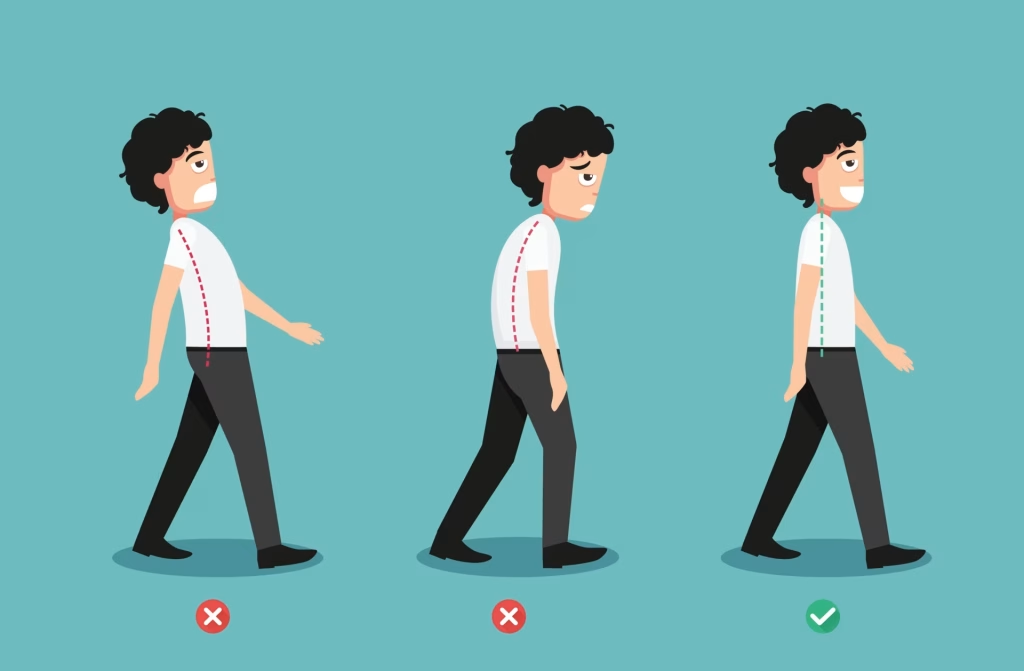What Is Good Posture?
Good posture is more than just standing up straight—it’s about aligning the body so that muscles and ligaments work efficiently. When viewed from the side, good posture means your ears, shoulders, hips, knees, and ankles line up in a straight, vertical line. This alignment minimizes strain on the body, supports balance, and prevents discomfort or injury.
Why Posture Matters
Maintaining good posture helps prevent back and neck pain, reduces wear and tear on joints, and improves breathing and digestion. Over time, poor posture can lead to muscle fatigue, joint problems, and even decreased mobility—particularly in our later years.
Posture Into Your Senior Years
As we age, maintaining flexibility, strength, and awareness of posture becomes even more important. Muscle loss and decreased joint mobility can contribute to a hunched or imbalanced posture, which can increase the risk of falls and limit independence. By building healthy habits early and practicing posture-friendly activities, we can continue to move with ease and confidence well into our senior years.
Techniques for Better Posture
Several approaches can help improve and maintain posture throughout life:
- The Alexander Technique: This method teaches awareness and conscious control of body alignment, particularly helpful for undoing habitual patterns that lead to poor posture. It focuses on gentle, mindful movements and is often used by performers, office workers, and seniors alike.
- Yoga: With its emphasis on core strength, flexibility, and body awareness, yoga supports proper alignment and spinal health. Poses such as Mountain Pose, Downward Dog, and Tree Pose promote both strength and balance.
Conclusion
Good posture is a lifelong asset. By incorporating techniques like yoga and the Alexander Technique into daily life, we can safeguard our mobility, comfort, and confidence for years to come.


